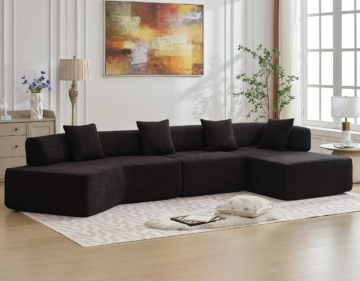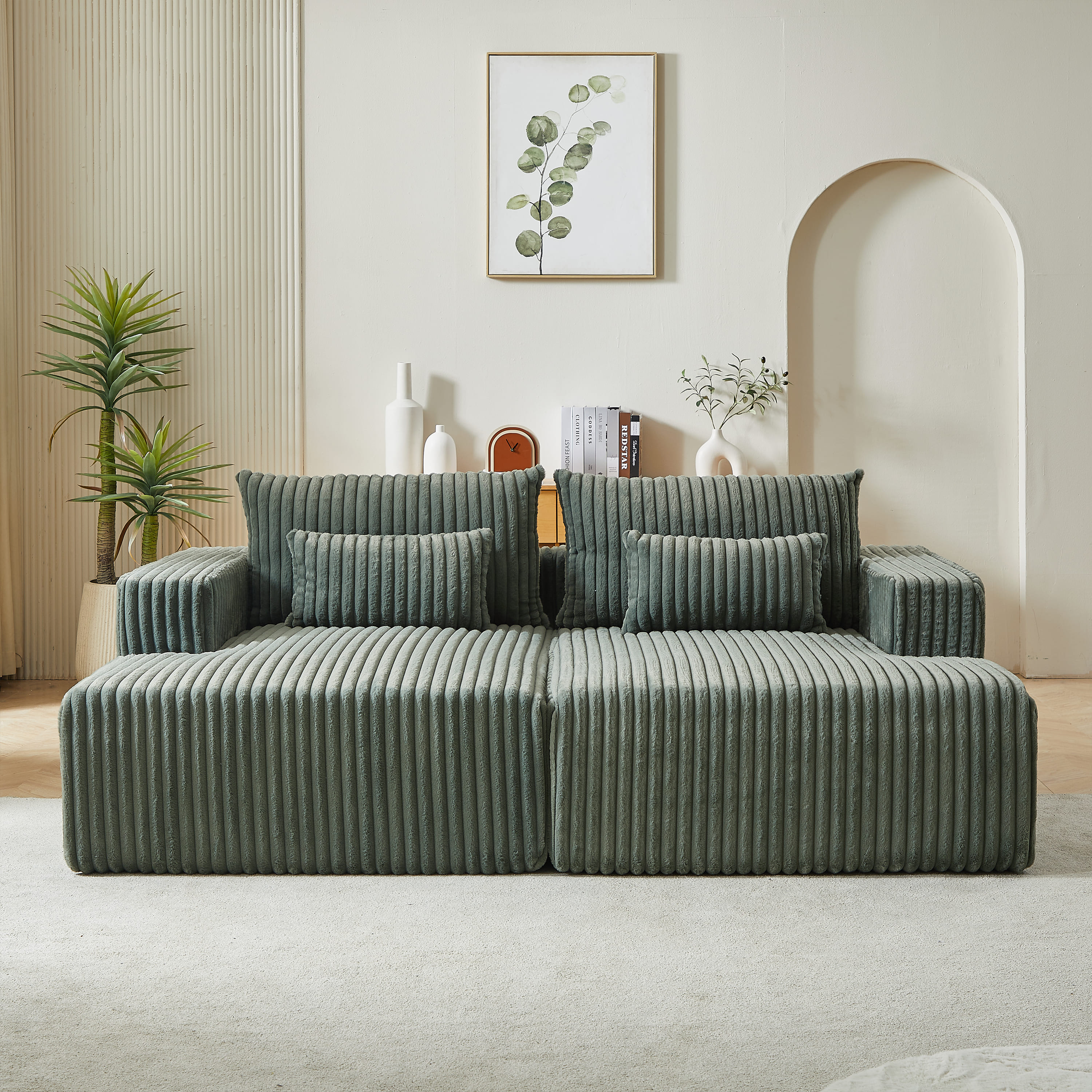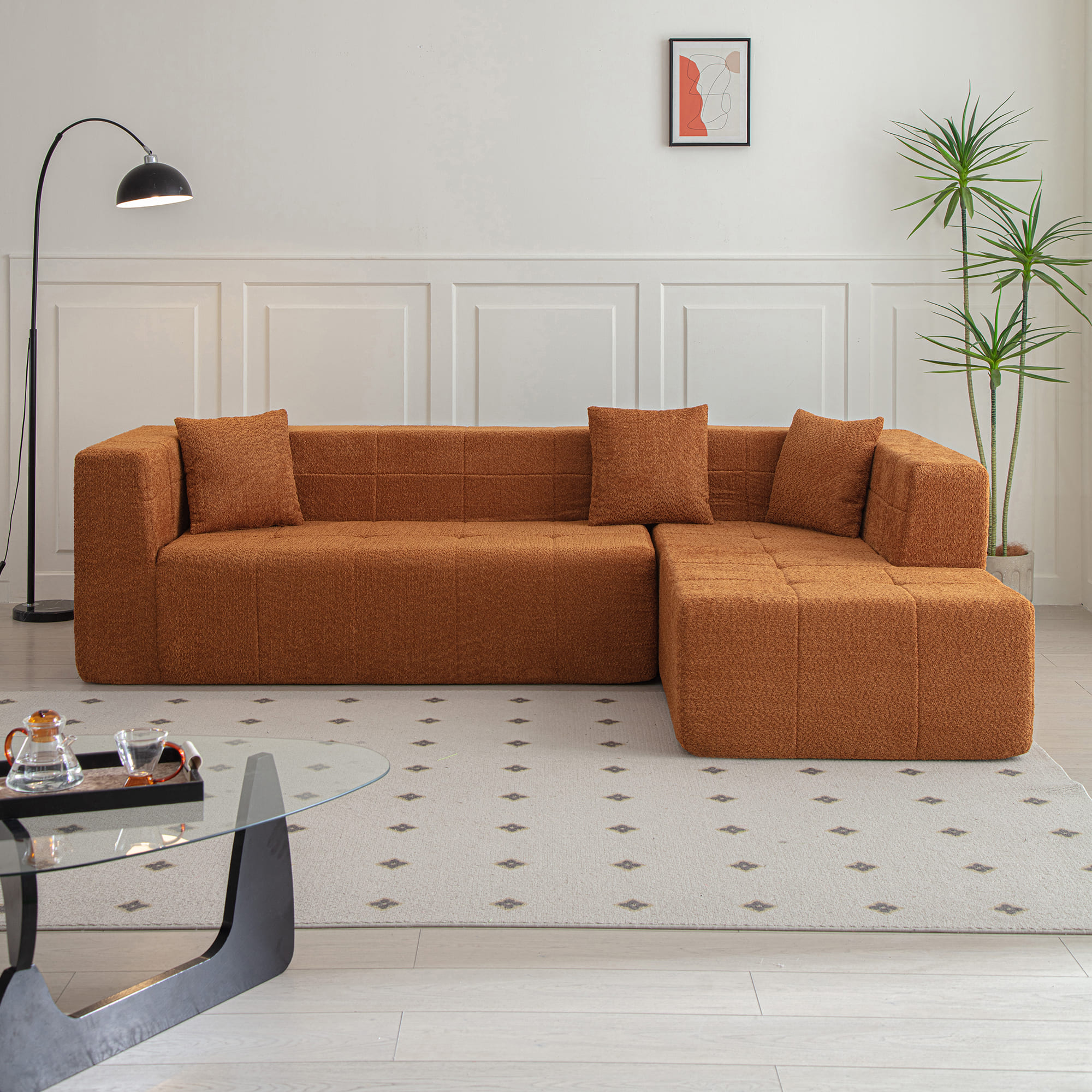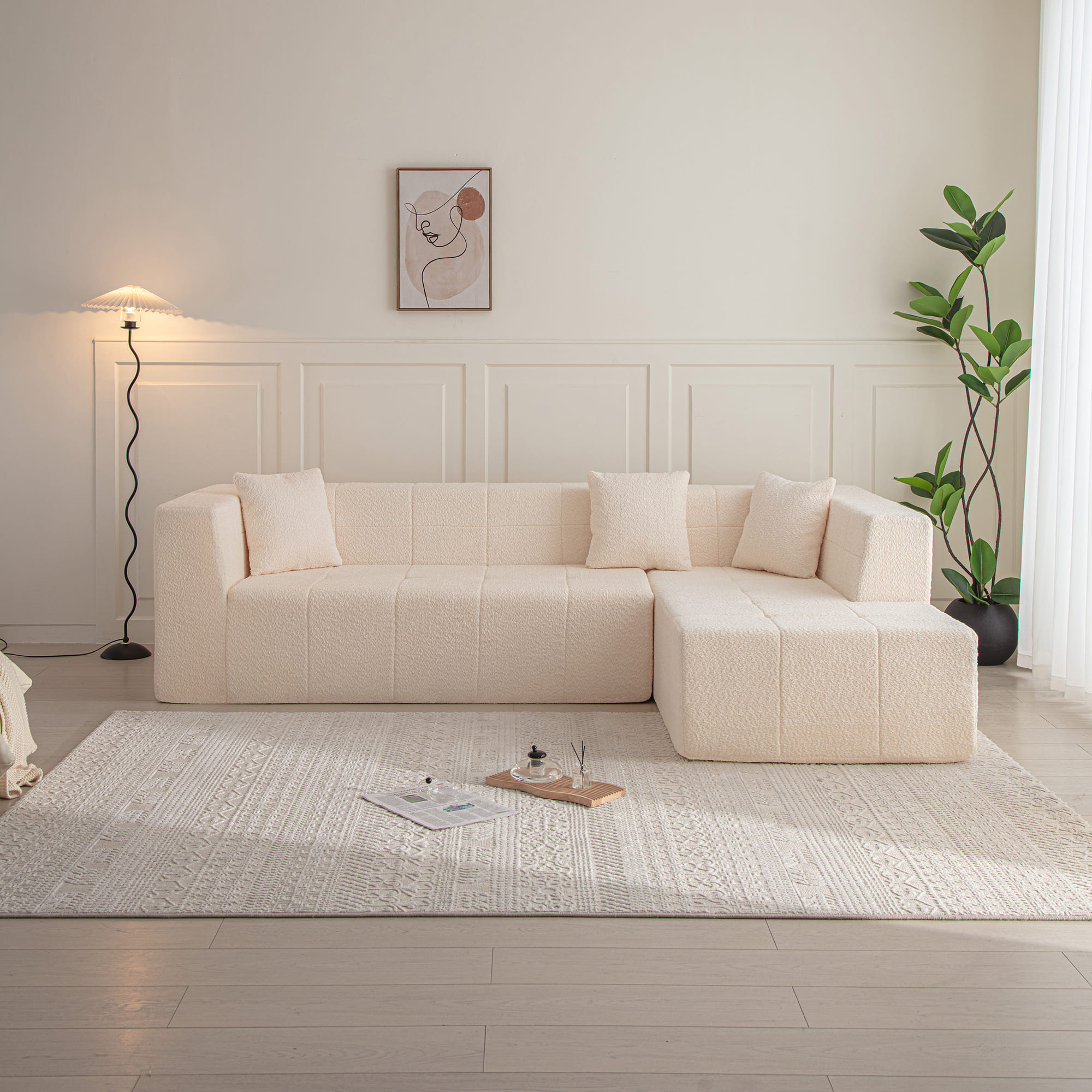1. Material preparation
1. Filling materials: such as sponge, latex, down, etc., choose according to different comfort needs.
2. Fabric: Choose breathable, wear-resistant, durable and easy to clean fabrics, such as cotton, linen, velvet, corduroy, etc.
2. Framework production
1. Cut metal or sponge according to the design size, weld or assemble into a sofa frame.
2. The frame surface is treated to increase aesthetics and durability
3. Filling production
1. Cut and shape the filling materials according to design requirements to ensure uniform filling.
2. For materials such as sponges, compression can be performed to increase the compression resistance of the sofa.
4. Cloth cutting and sewing
1. Cut the fabric according to the size and shape of the sofa.
2. Sew the fabric into a sofa cover.
V. Assembly
1.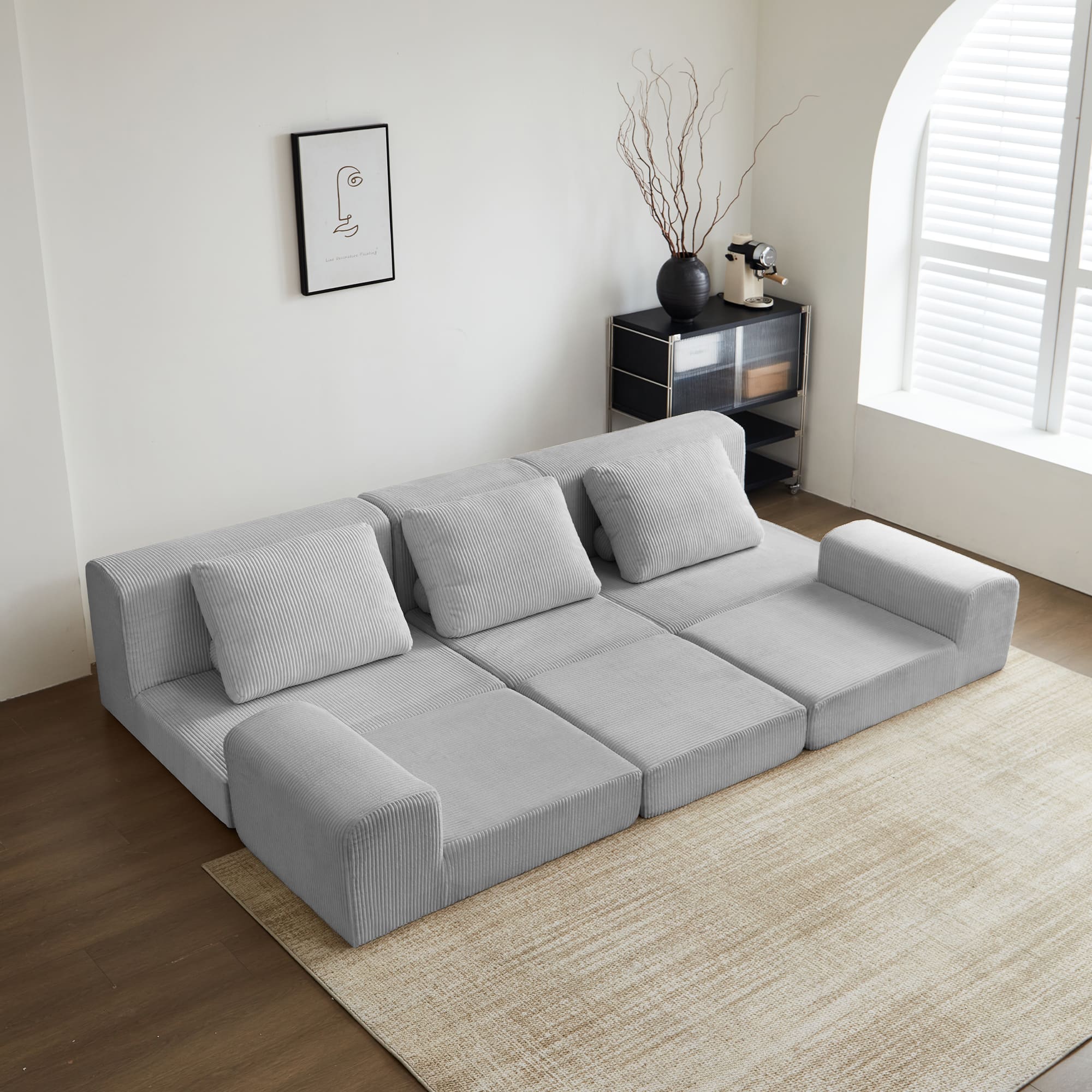 Lining is installed into the sofa cover.
Lining is installed into the sofa cover.
2. Fix the sofa cover to the sofa rack to ensure that it is installed firmly.
6. Compression processing
1. Use professional compression equipment to compress the sofa.
2. During the compression process, pay attention to controlling the pressure and time to avoid damaging the sofa.
7. Packaging and transportation
1. When packing compressed sofas, plastic bags, cartons and other packaging materials are usually made of.
2. Mark the sofa's size, weight, material and other information on the packaging for easy transportation and storage.
The above is the general production process of compressed sofas, which may vary from manufacturers and brands. During the production process, strict quality control is required to ensure the comfort, durability and safety of the sofa.



